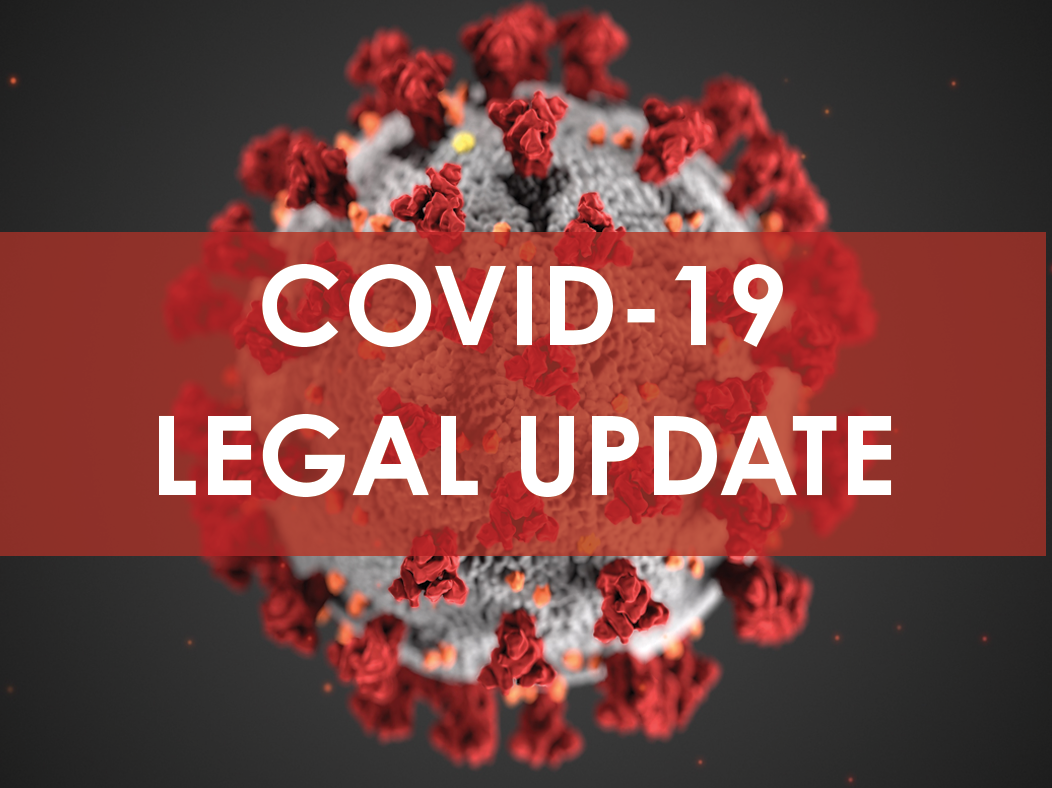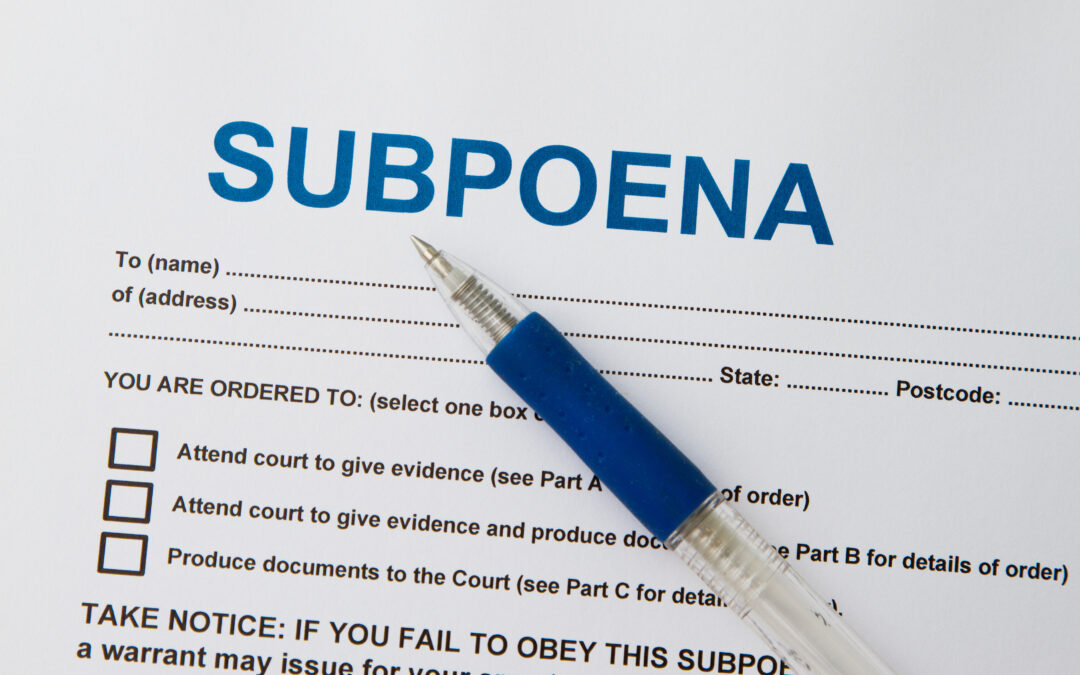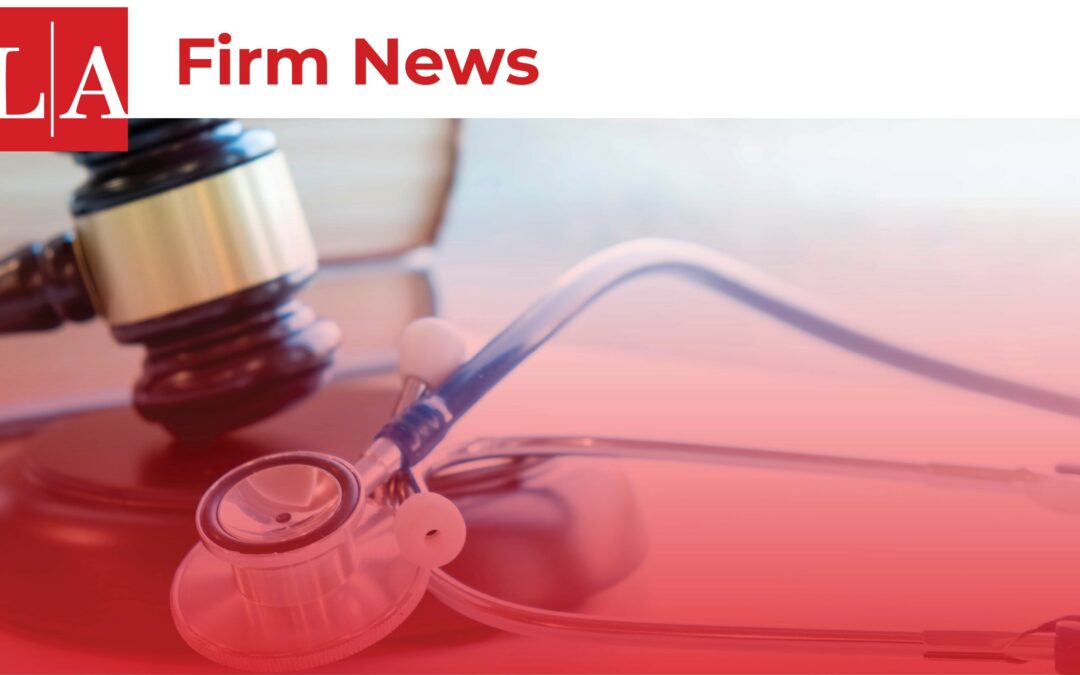Over the weekend, the Small Business Administration (“SBA”) released the application for borrowers to apply for forgiveness of their Paycheck Protection Program (“PPP”) loan. The application can be found here. At this time, the SBA has not updated its FAQ or issued an interim final rule regarding PPP loan forgiveness. We will continue to monitor the situation and follow up with additional analysis. In the meantime, here are some key takeaways from the PPP loan forgiveness application:
- Citing its initial Interim Final Rule on the PPP loan program, the SBA requires that at least 75% of the “forgiveness amount” be used toward payroll costs. This appears to be a different (but welcomed) interpretation of the “75% of the loan proceeds” language in the Interim Final Rule. If, for example, you used less than 75% of the total loan proceeds for payroll costs, then you do not lose the opportunity to obtain forgiveness of the portion that you actually used, so long as at least 75% of that amount was used for payroll costs and no more than 25% of the amount was used for eligible non-payroll costs.
- The “Covered Period” of your PPP loan is the 56-day period beginning on the PPP loan disbursement date. For administrative convenience, however, borrowers with a biweekly (or more frequent) payroll schedule may elect the 56-day period that begins on the first day of their first pay period following their PPP loan disbursement date as an “Alternative Payroll Covered Period.” Thus, you may effectively “sync” the eight-week covered period with the first day of your next payroll, rather than start counting the eight weeks on the day you received your loan proceeds.
- Payroll costs “incurred and paid” generally means payrolls costs “incurred OR paid”, i.e., either (1) paid during the Covered Period (or Alternative Payroll Covered Period) or (2) incurred during the Covered Period but not paid during the borrower’s last pay period of the Covered Period (or Alternative Payroll Covered Period). Payroll costs incurred but not paid during the last pay period of your Covered Period (or Alternative Payroll Covered Period) are still eligible for forgiveness if you pay them on or before the next regular payroll date.
- Eligible non-payroll costs must be paid during the Covered Period or incurred during the Covered Period and paid on or before the next regular billing date, even if the billing date is after the Covered Period. For clarity, there is no “Alternative” Covered Period for non-payroll costs – it is the 56-day period beginning on the PPP Loan disbursement date.
- Average FTE is calculated based on a 40-hour workweek. However, at the election of the borrower, the SBA offers a simplified method that assigns a 1.0 for employees who work 40 hours or more per week and 0.5 for employees who work fewer hours.
The COVID-19 pandemic and response is an evolving situation. All levels of government are engaged in the process of preparing new legislation, regulations and orders both to stem the spread of the virus and to provide relief to employers and employees. We will continue to monitor the situation and provide updates as applicable, especially as such updates affect healthcare providers and their practices.
For more updates on this topic and other legal updates related to the COVID-19 pandemic, please visit our COVID-19 Legal Resource Page by clicking here.


